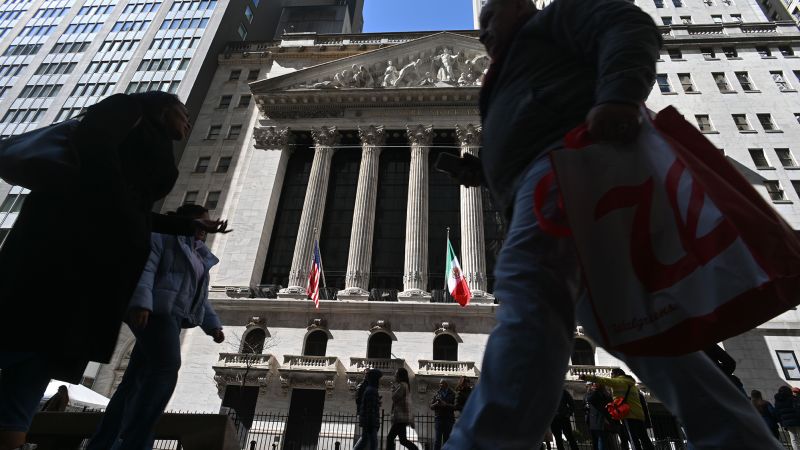Key takeaways:
- Investors have been rattled by the recent collapse of two regional banks.
- The FDIC is a government agency that insures deposits in banks and savings associations, protecting depositors’ funds up to $250,000 per account.
- The FDIC is an important part of the banking system, providing a safety net for depositors in the event of a bank failure.
Investors have been rattled by the recent collapse of two regional banks, Silicon Valley Bank and Signature Bank, and the subsequent free-fall of shares of First Republic Bank. Despite the U.S.’s biggest banks pumping $30 billion into the regional lender, First Republic’s shares have dropped 88% in the past two weeks, closing at $12.18 after hitting an all-time low of $11.52.
The instability of regional lenders has caused concern over uninsured deposits, or account funds exceeding the Federal Deposit Insurance Corporation’s (FDIC) $250,000 cap. When banks fail, the FDIC steps in to ensure the institutions are operating properly.
In the wake of these banking failures, the FDIC has become a household name. But the complex terminology and jargon of Wall Street can be confusing to the average person.
The FDIC is a government agency that insures deposits in banks and savings associations. It was created in 1933 in response to the thousands of bank failures that occurred in the 1920s and 1930s. The FDIC protects depositors’ funds up to $250,000 per account, and is funded by premiums paid by member banks.
The FDIC is an important part of the banking system, providing a safety net for depositors in the event of a bank failure. As recent events have shown, understanding the FDIC and its role in protecting deposits is essential for investors.



Be First to Comment